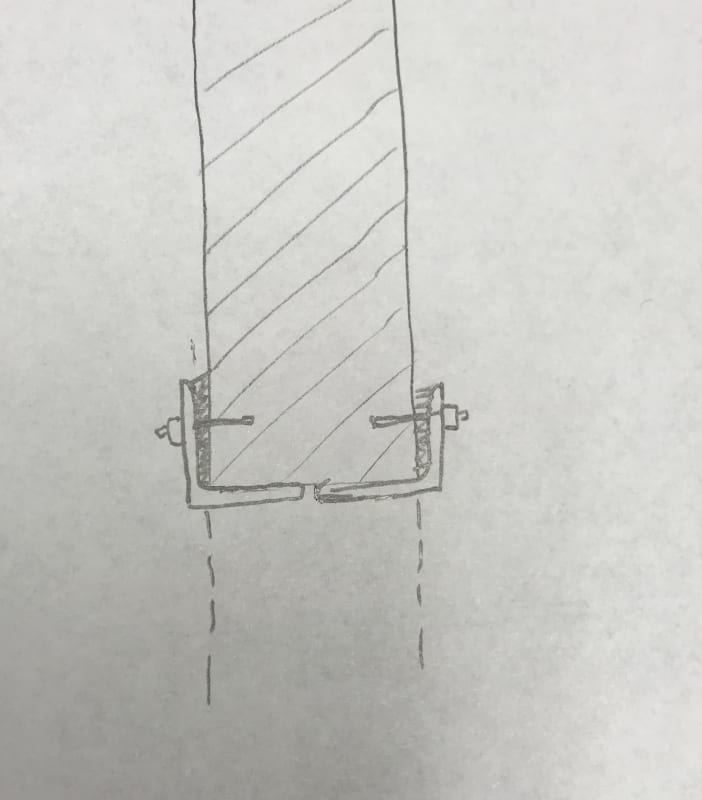For new openings in existing CMU walls, we typically use two steel angles above the opening, inserted into the mortar joint and extended a distance past the opening on either side. We will then have 2 vertical steel angles on either side of the opening from the horizontal angles to the bottom of the opening. All of these angles are bolted to the walls, with either through bolts or hilti bolts with screens for epoxying in hollow core.
When bolting these angles to the existing wall, should we be concerned with edge distance? If we are using a 4x4 angle, we will probably only get a couple inches of edge distance.
Also, just wondering people's thoughts on our general detail. These are typically non-load bearing walls.
When bolting these angles to the existing wall, should we be concerned with edge distance? If we are using a 4x4 angle, we will probably only get a couple inches of edge distance.
Also, just wondering people's thoughts on our general detail. These are typically non-load bearing walls.

